From silent to sound, from black and white to color, from film to digital, movies have continuously reshaped artistic boundaries through technological iterations. Nowadays, virtual reality technology offers multi-dimensional interactive immersive experiences, making it possible for audiences to "step into" the parallel worlds constructed by films.
The National Film Bureau recently issued a "Notice on Promoting the Orderly Development of Virtual Reality Films," encouraging the exploration of virtual reality film technologies by all parties, improving the full-process supervision from script registration to public screening permits, and injecting standardized momentum into the industry by expanding virtual reality film screening spaces in theaters.
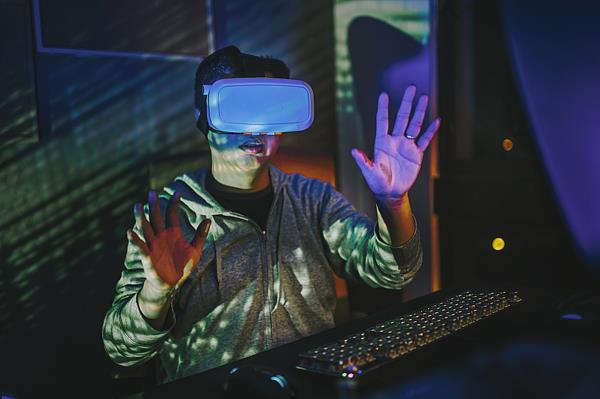
When historically rich scenes are vividly reproduced in virtual space, and science fiction spectacles break through the dimensional limitations of the screen, what new momentum will this bring to Chinese cinema?
Virtual reality creates and allows users to experience computer-simulated virtual worlds. Through natural human-computer interactions, users can interact with objects in the digital environment, influencing each other and creating a realistic sense of presence.
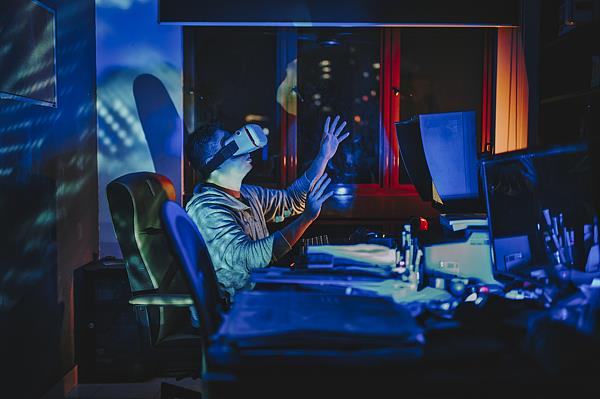
Wang Cui, Deputy Director of the High-Tech Research Department at the China Academy of Film Science and Technology, introduced that the country places great emphasis on virtual reality technology. With the advancement of technology, different content product forms have been integrated at the foundational technical level, and the film industry is one of the most important and promising application scenarios for virtual reality technology.
Wang Cui, Deputy Director of the High-Tech Research Department at the China Academy of Film Science and Technology: Virtual reality films produced using VR technology, head-mounted display devices, and other virtual reality terminals, offer strong presence and immersion, as well as interaction with the content, providing audiences with an entirely new audio-visual experience.
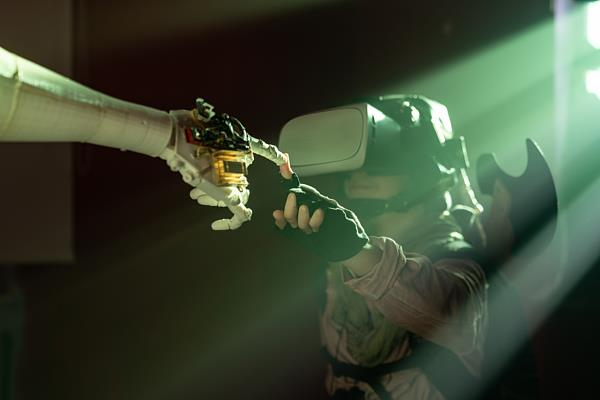
The "Notice" defines virtual reality films as a new form of movies that comprehensively use virtual reality technology for production and viewing, intended for public screenings in fixed venues such as cinemas. Wang Cui stated that the "Notice" also proposes support and guarantees for the orderly development of virtual reality films.
Wang Cui, Deputy Director of the High-Tech Research Department at the China Academy of Film Science and Technology: First, policy support is provided for virtual reality films, allowing them to participate in funding, support, and rewards for production, screening, and new technologies, processes, and applications in the film industry. Second, through the filing and review process of films, we gradually establish and improve relevant technical standards to ensure the audio-visual quality and viewing experience of virtual reality films. Third, the existing industrial system for film production and distribution, copyright protection technology systems, development policy systems, and high-level creative production talent teams can provide strong support for the future development of virtual reality technology.
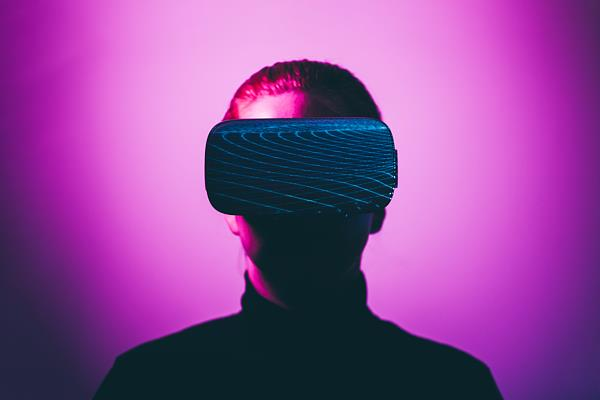
Since virtual reality films differ significantly from conventional films in terms of technology, format, and process, there is an urgent need to establish relevant technical standards for virtual reality films to meet the needs of healthy and orderly development of the virtual reality industry, ensuring the standardization and completeness of China's virtual reality films. In February this year, the National Film Bureau solicited opinions from society on general technical specifications. So, what dimensions might be considered in the formulation of technical standards?
Wang Cui, Deputy Director of the High-Tech Research Department at the China Academy of Film Science and Technology: It includes five parts: general technical specifications, content production, head-mounted display devices, rendering playback software, and venue. These five parts not only include technical specifications for various stages of production and screening but also technical requirements for the final presentation effect of virtual reality films. This ensures good coordination among all stages, guarantees that audiences receive a good audio-visual experience, and provides technical guidelines and standards for the production and screening research and development of virtual reality films. Currently, the first part of these technical specifications, "Part 1: General Technical Specifications of Virtual Reality Films," has completed the opinion solicitation, and the other parts of the technical specifications are also being formulated. In the future, the film industry will elevate these technical specifications to become industry standards.
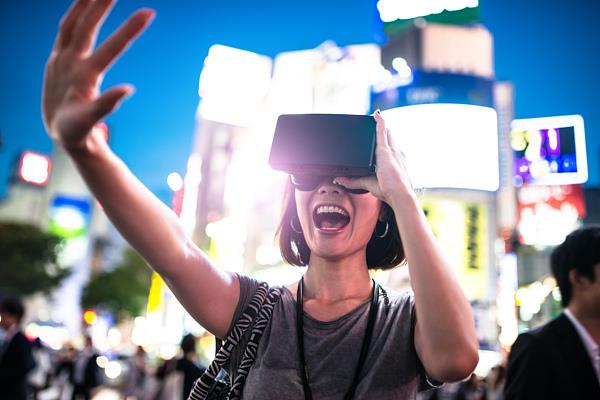
The "Notice" focuses on promoting and supporting excellent virtual reality content works with good levels of content and technology that meet the "film" standard. The aim is to increase the volume without involving existing formats such as "immersive experience exhibitions" within cultural tourism attractions, museums, or commercial complexes. It specifically targets virtual reality content products intended to be screened publicly in fixed venues like cinemas.
In addition, the notice points out that it encourages all units related to films and social forces to actively explore the fields of virtual reality film technology research and development, creative production, and distribution. It supports continuous improvement in technical levels and creative capabilities along the virtual reality film industry chain and advocates innovative integration in areas such as virtual reality film promotion, distribution, settlement accounting, and transmission supervision.

